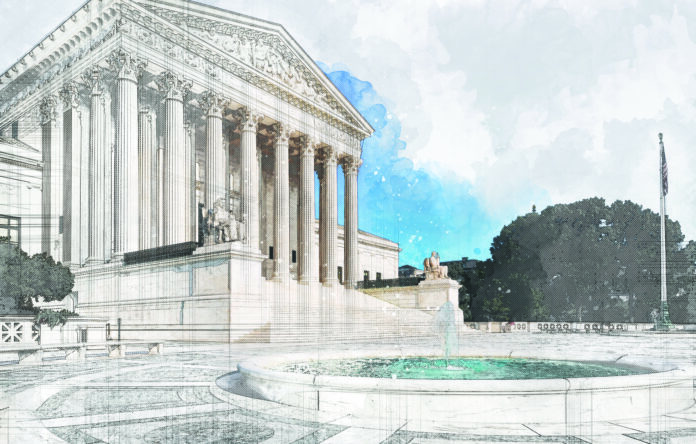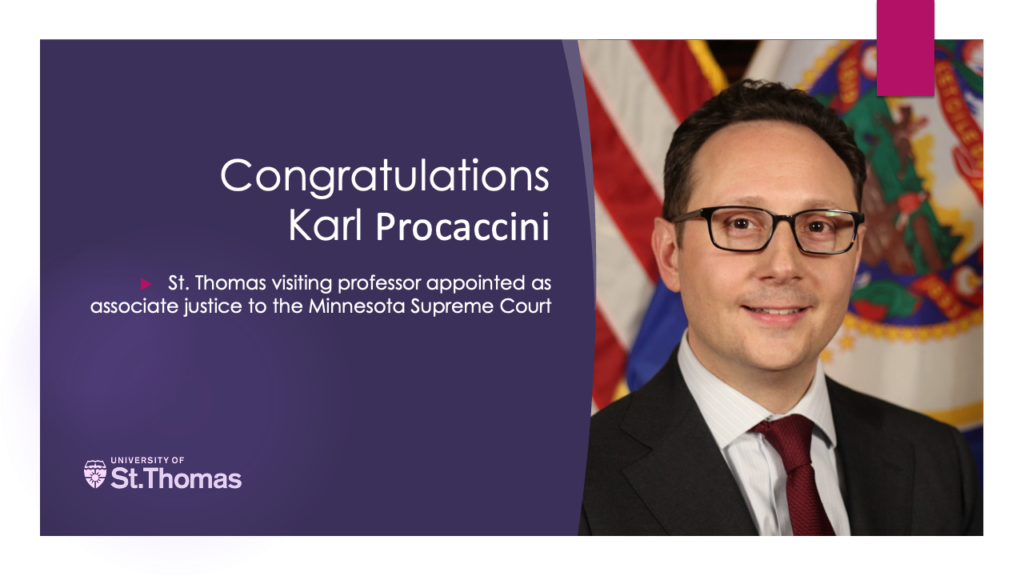The Associate Justices of the Supreme Court of the United States hold a critical role in shaping the law and influencing the direction of American jurisprudence. They serve alongside the Chief Justice and participate in various judicial responsibilities, including interpreting the Constitution, ruling on federal laws, and adjudicating disputes that carry national significance. This article delves into the responsibilities, selection process, and recent developments surrounding the Associate Justices.
What is the role of the Associate Justice of the Supreme Court of the United States?
The Associate Justice serves on the Supreme Court, contributing to the court’s overall decision-making process. Each Justice participates in hearings, reviews case briefs, and ultimately votes on issues ranging from civil rights to federal regulations. Their role is fundamental in setting legal precedents that guide lower courts and influence American society.
The Structure of the Supreme Court
The Supreme Court consists of nine justices: one Chief Justice and eight Associate Justices. This structure was established by the Judiciary Act of 1789, and it has changed only slightly over the years. Each Justice serves a lifetime appointment, barring retirement or impeachment.
Table 1: Current Composition of the Supreme Court
| Justice | Year Appointed | Nominated By | Political Affiliation |
|---|---|---|---|
| John Roberts (C) | 2005 | George W. Bush | Republican |
| Clarence Thomas | 1991 | George H.W. Bush | Republican |
| Samuel Alito | 2006 | George W. Bush | Republican |
| Sonia Sotomayor | 2009 | Barack Obama | Democratic |
| Elena Kagan | 2010 | Barack Obama | Democratic |
| Neil Gorsuch | 2017 | Donald Trump | Republican |
| Brett Kavanaugh | 2018 | Donald Trump | Republican |
| Amy Coney Barrett | 2020 | Donald Trump | Republican |
Responsibilities of Associate Justices
Associate Justices fulfill a variety of responsibilities that shape American law and public policy. Their primary duties include:
- Hearing Cases: Justices listen to oral arguments from both sides of cases presented before the court.
- Deliberation: After hearing cases, the Justices discuss their views and share perspectives on the legal questions at hand.
- Opinion Writing: Justices often write the majority, concurring, or dissenting opinions that clarify the court’s rulings and interpretations of law.
- Judicial Review: They have the power to review laws and executive actions for constitutionality, setting critical precedents for future cases.
The Selection Process
The President of the United States nominates candidates for the position of Associate Justice, and the Senate must confirm these nominations. This process involves thorough background checks, hearings, and a final vote. The appointment process is significant as it reflects the political landscape, with justices often tilting the court’s decisions based on their judicial philosophies.
How are Associate Justices nominated and confirmed?
Candidates are nominated by the President, who evaluates potential justices based on their legal qualifications, experience, and, often, ideological alignment. Following the nomination, the Senate Judiciary Committee conducts hearings, allowing senators to question the nominee. After deliberations, the full Senate votes on whether to confirm or reject the appointment.
Impact on Law and Society
The decisions made by Associate Justices can lead to lasting changes in U.S. law. Landmark cases such as Roe v. Wade, Brown v. Board of Education, and Obergefell v. Hodges highlight how Supreme Court rulings influence civil rights, education, and marriage equality. The current court composition suggests future rulings will continue to reflect the ideological divide within American politics.
Table 2: Landmark Supreme Court Cases
| Case | Year | Key Issue | Outcome |
|---|---|---|---|
| Roe v. Wade | 1973 | Abortion rights | Legalized abortion nationwide |
| Brown v. Board of Education | 1954 | Racial segregation in schools | Declared state laws establishing separate schools unconstitutional |
| Obergefell v. Hodges | 2015 | Same-sex marriage | Legalized same-sex marriage across the U.S. |
Recent Developments and Trends
As of 2023, the Supreme Court’s decisions reflect significant shifts in various areas. Noteworthy recent rulings have included decisions on abortion rights, voting rights, and administrative powers, which indicate a trend toward a more conservative judicial philosophy. The approach of the current justices often reflects their interpretations of the Constitution and their beliefs regarding governmental power.

The Future of the Court
The future composition of the Supreme Court holds immense importance for upcoming generations. The potential retirement of any sitting justice can lead to major shifts in the court’s ideological balance. Current discussions among legal scholars focus on the impact of lengthy tenures and the role of public sentiment in influencing judicial philosophy.
Conclusion
The Associate Justice of the Supreme Court of the United States plays a pivotal role in the American legal system. Their decisions influence a variety of social, political, and economic issues that affect the daily lives of citizens. The nomination process, coupled with recent rulings, continues to shape the narrative of justice and legality in the nation. As society evolves, the importance of these justices remains crucial, serving as guardians of the Constitution and arbiters of law.
For those interested in the intersection of law and society, understanding the workings of the Associate Justices provides insight into the fundamental processes that govern the United States. Their interpretations not only guide legal practice but also reflect broader societal values and aspirations.


